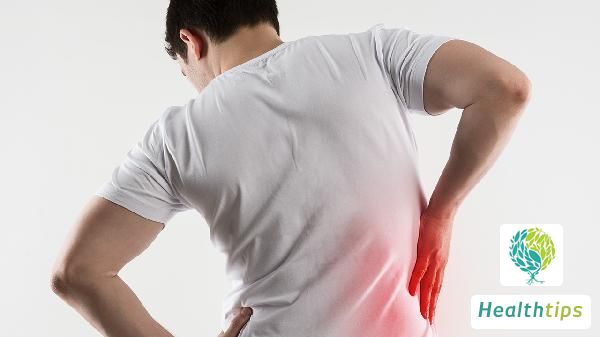What are the symptoms of gallstones?
Gallstones: A Common Biliary Disease
Gallstones are a prevalent biliary condition that can affect individuals of any age, though they are more common among elderly women and obese individuals. These hardened crystals form within the gallbladder, typically resulting from the precipitation of cholesterol or bilirubin. While some individuals may harbor gallstones without experiencing notable symptoms, others may endure a range of discomforts. Here are the common symptoms associated with gallstones:

1. Abdominal Pain
Abdominal pain is one of the most frequent symptoms of gallstones. The pain typically originates in the upper right abdomen and may radiate to the back or the upper right shoulder. It often strikes suddenly, accompanied by intense discomfort, and can last from minutes to hours.
2. Nausea and Vomiting
Gallstones can trigger nausea and vomiting, particularly during episodes of abdominal pain. This occurs as the stones may obstruct the gallbladder or bile ducts, disrupting the normal flow of bile and causing discomfort.
3. Gas and Bloating
Some patients may experience feelings of gas and bloating, linked to bile accumulation caused by gallstones. This discomfort may persist for extended periods.
4. Loss of Appetite
Individuals with gallstones often suffer from decreased appetite, particularly during abdominal pain episodes. Due to the pain and discomfort, they may be reluctant to eat.
5. Jaundice
If gallstones lead to obstruction of the gallbladder or bile ducts, bilirubin in the bile may fail to drain properly, resulting in jaundice. Jaundice manifests as a noticeable yellowing of the skin and whites of the eyes.
6. Abnormal Bowel Movements
Gallstones can cause abnormal bowel movements, including dark brown urine, pale or gray stools. This occurs when bile cannot enter the intestine properly, disrupting digestion and excretion.
7. Biliary Colic
Biliary colic is a sudden, severe pain that typically originates beneath the sternum, feeling like a sharp twisting or clamping sensation in the chest. This pain can radiate to the back or shoulders and may last from minutes to hours.
In conclusion, the symptoms of gallstones vary among patients. Some individuals may experience no significant symptoms, while others may encounter one or more of the aforementioned symptoms. If you suspect you may have gallstones, consult a physician promptly for accurate diagnosis and treatment recommendations. In some cases, gallbladder removal surgery may be necessary to treat gallstones, but most patients can manage the condition through medication and lifestyle modifications. Early treatment of gallstones can alleviate discomfort, prevent complications, and enhance overall quality of life.



















